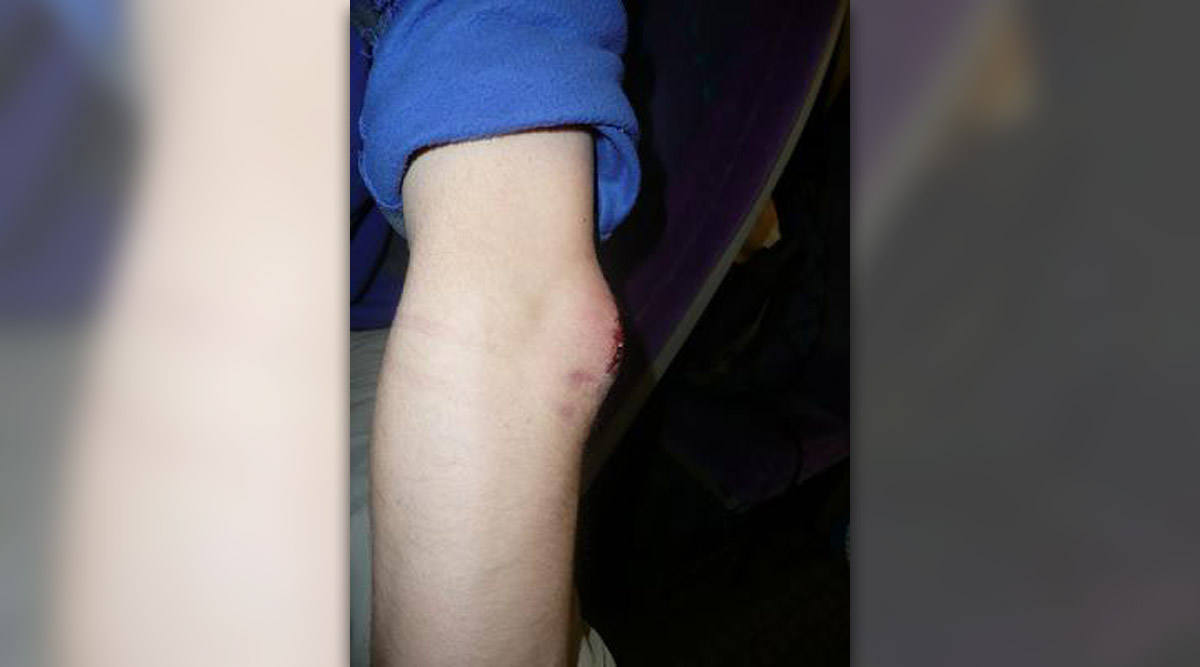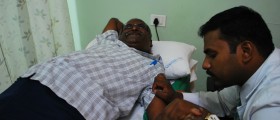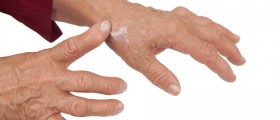Bursitis is the term used for the inflamed of bursa. A bursa is a small pad which is filed with fluid, and it can be found among the bones, tendons and muscles near the joints. Bursitis usually occurs in the shoulders, hips, and elbows as well as in the knees, heels and at the base of the big toe.
Bursitis can be mild or acute and severe or chronic. When a person has bursitis, the affected joint is usually red or swollen, it hurts when it is moved, or is stiff. These are the most frequent symptoms of bursitis. The most frequent cause of the bursitis is an injury, but usually it is not treated, because it lasts briefly.
When Does Bursitis Occur?
Bursitis usually occurs in the middle ages and it appears as a result of the repetitive motions and pressures on the joint and thus on the bursa.
"Housemaid's knee," "miner's elbow” and “tailor’s bottom" are the well-known names used for bursitis, which appears because of these causes. Rheumatoid arthritis and gout, as well as calcium-based crystals, can lead to the inflammation of the bursa and thus to bursitis. Sometimes bursitis can cause serious complications.
Types of Bursitis
Olecranon bursitis is the infection of the inflamed bursa close to the skin. Trochanteric bursitis or shoulder bursitis is usually not followed by some infection.
- Bursal aspiration with fluid analysis should be performed in patients with suspected septic superficial bursitis.
- Initial management of superficial bursitis caused by microtrauma should consist of conservative measures such as padding, ice, elevation, and analgesics (only for pain).
- Septic superficial bursitis should be treated empirically with systemic antibiotics covering Staphylococcus aureus and Streptococcus pyogenes. The antibiotic regimen can be modified, if needed, after culture and sensitivity results from the aspirated bursal fluid are available.
- The differential diagnosis of superficial bursitis is broad and extends beyond distinguishing infection (septic bursitis) from other causes. Conditions that might be mistaken for bursitis, such as joint effusions, septic and inflammatory arthritis, cellulitis, and Morel-Lavallée lesions (shearing of the skin and subcutaneous tissues from the underlying fascia), must be identified. A variety of tests can be helpful in making these distinctions.
What to do If You Are Diagnosed With Bursitis
It is important to visit the doctor if the pain is persistent and sharp and lasts for more than two weeks, or if the extreme swelling, redness, and rash appears in the affected area. Furthermore, open wounds around the bursitis area can be very serious and must be treated on time. Sometimes fevers, chills, and sweats appear and must be reported to the doctor. To diagnose bursitis, the doctor must do some tests, such as rheumatoid arthritis and osteoarthritis tests, and make sure that any kind muscle injuries, joint injuries, local internal bleeding, synovitis, and cellulitis are not present, because all these condition also have the same signs as bursitis.
The doctors often recommend resting of the affected area, immobilization as well as reducing the swelling with ice. To treat bursitis they also prescribe antibiotics and some nonsteroidal anti-inflammatory medications such as ibuprofen and naproxen, or in some cases, a corticosteroid injection into the affected bursa.
Sometimes, surgical drainage of the infected bursa is necessary. In treatment of bursitis, the doctors often suggest physiotherapy and ultrasound. In addition, they also recommend the regular and appropriate exercising, as a way for the best recovering of the affected joint.


















Your thoughts on this
Loading...